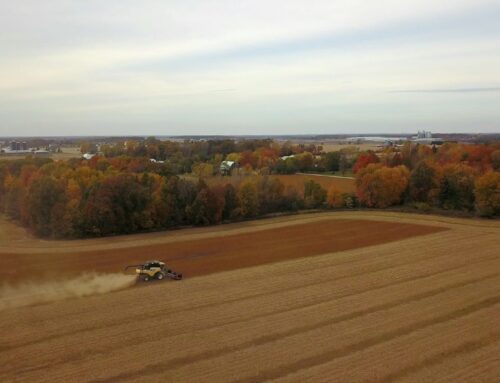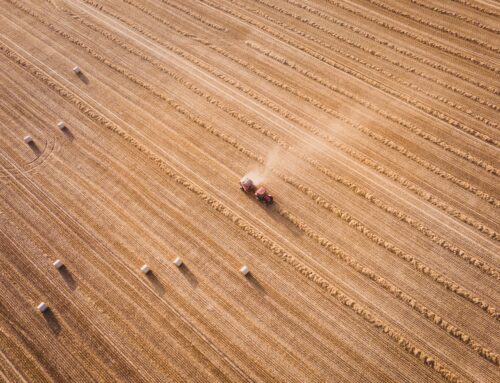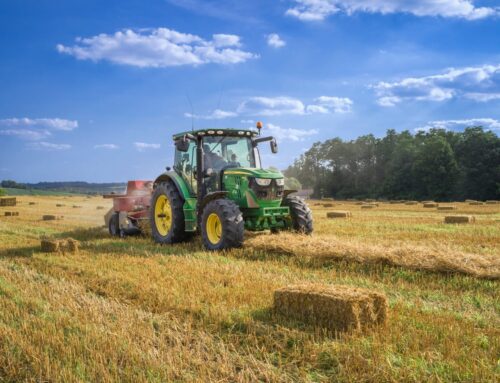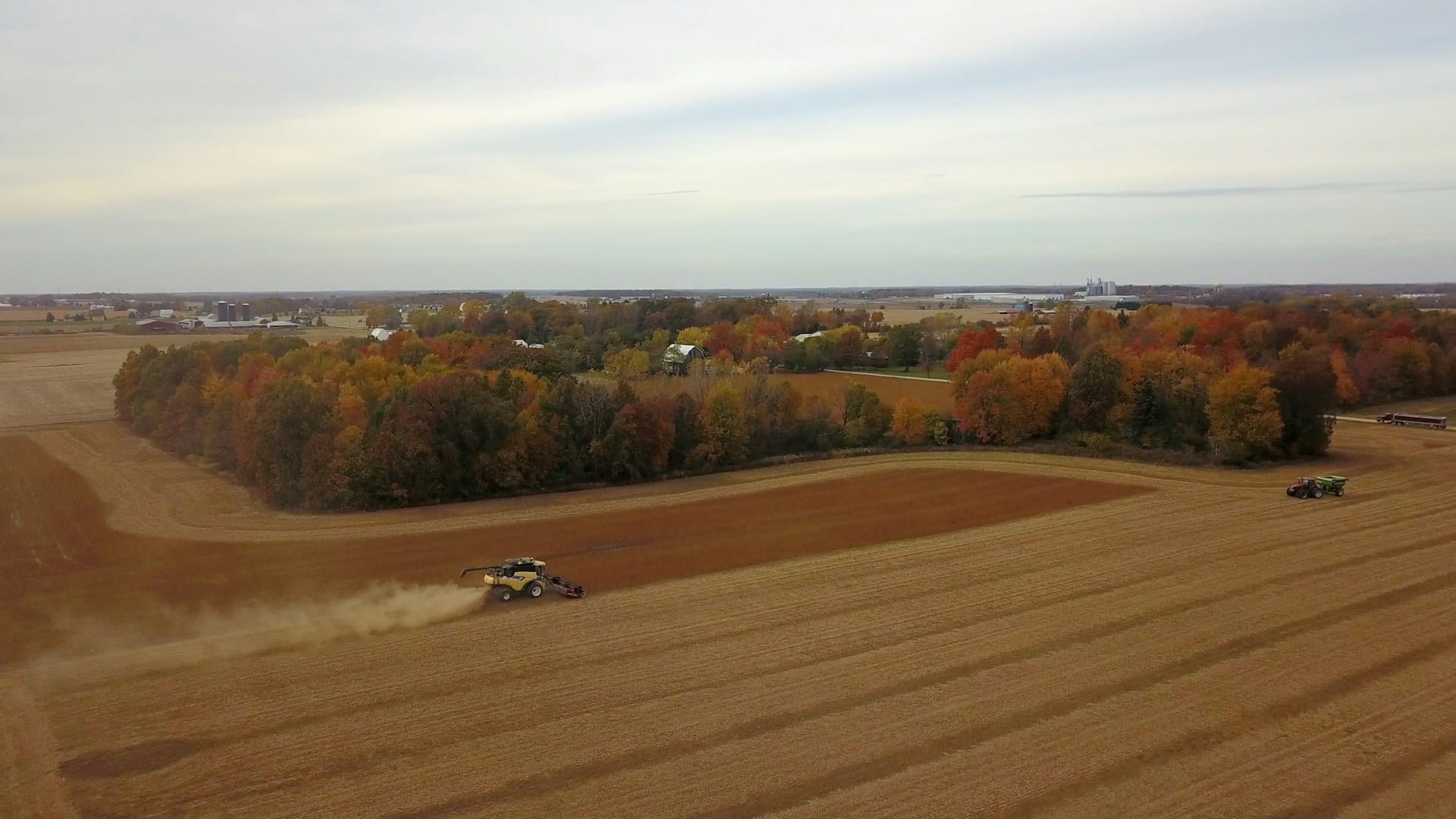The Biden Administration’s discretionary budget request gave agriculture a big step up in funding. Friday’s request called for a 16% increase from the 2021 enacted level, a jump of $3.8 billion to $27.8 billion.
Secretary of Agriculture, Tom Vilsack, stated that the discretionary budget would expand broadband access; provide more funds for agricultural research, extension and outreach programs; would address wildfires by providing more money for forest management; and would increase the funding for the Special Supplemental Nutrition Program for Women, Infants and Children (WIC).
“This is our moment to solve big challenges by acting boldly-to close the broadband gap facing rural America; to work with farmers, ranchers and producers to transform our nation’s food system and build new markets here and abroad; to protect and manage our nation’s forests and grasslands from catastrophic wildfires; and to ensure Americans have access to healthy and nutritious food,” said Vilsack, who will appear at an online hearing on Wednesday with the House Agriculture Appropriations Subcommittee. “The President’s budget commits to building back better and USDA is at heart of that historic commitment.”
The request was part of a $118 billion increase in domestic spending. Civilian agencies would receive an overall 16% increase in funding, to $769 billion, while defense spending would rise by less than 2%, to $753 billion.
Rural broadband has been promoted greatly by the past two presidential administrations. According to the USDA, rural Americans are more than 10 times likelier than urban residents to lack access to quality broadband. Biden’s request would provide an increase of $65 million over the 2021 enacted level for the Rural e-Connectivity Program “Reconnect,” which provides grants and loans to deploy broadband to unserved areas.
“The benefits of high-speed internet will serve as an economic equalizer for rural America and the work of installing broadband will create high-paying union jobs with benefits in rural communities,” said the USDA in it’s release. “This investment will build on the Coronavirus Relief Provisions provided in 2020 to support broadband infrastructure deployment to areas lacking broadband, especially rural areas.”
In its goal to ramp up investments in research and development for agriculture, the budget would provide $4 billion, or nearly $680 million above the 2021 enacted level, for USDA’s research, education, and outreach programs.
Nutrition was also big on the president’s list. The 2022 discretionary request provides $6.7 billion, more than $1 billion above the 2021 enacted level, for programs such as WIC.
The request also addresses the growing threat from wildfires. According to the agency, the discretionary request provides nearly $1.7 billion, an increase of $476 million, over the 2021 enacted level for high-priority hazardous fuels and forest resilience projects. This funding supports the administration’s science-based approach to vegetation management at the Forest Service and the Department of the Interior.
The budget proposal was heralded by the agriculture sector.
“I think this is going to be good for us, is going to help store carbon and is going to help with a lot of the conservation methods that we’ve been always talking about and incentivizes the right people to do the right thing,” said South Dakota Farmers Union President Doug Sombke in an interview with radio station WNAX. “Something that we’ve been talking about for a long long time is that we just haven’t invested enough in research over the years. The Farm Bill has been cutting that type of funding, and we just can’t do that in today’s age. If we’re going to continue to be the top producing nation worldwide, we’re going to need to continue to do better research.”
Even conservative organizations such as Taxpayers for Common Sense gave the increased funds for the USDA a passing grade (for now).
“While we’ll likely have to wait until the full budget is released to get details on these ‘significant investments’ at (United States Forest Service) and (National Resource Conservation Service), we have called for better monitoring, measurement, and verification in agriculture conservation programs in the past,” the group said in a statement. “We’ll have to wait for details to draw conclusions. But if USDA is serious about increasing investment in tools that will promote farmer and rancher resilience instead of dependence on federal subsidies, that’s a good start.”











Get Social